News WOSCU

What kind of shoes did Surkhandarya men wear in ancient times?
Men wore boots made from leather, makshi, mukki and choriki.
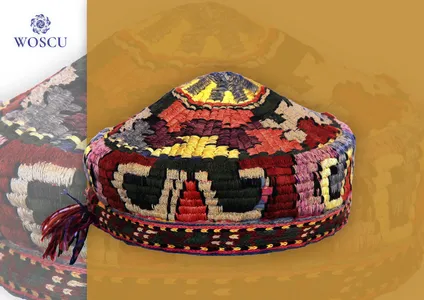
What is the Kalapush skullcap?
The most popular and brightest detail of the male costume was kalapush scullcaps.
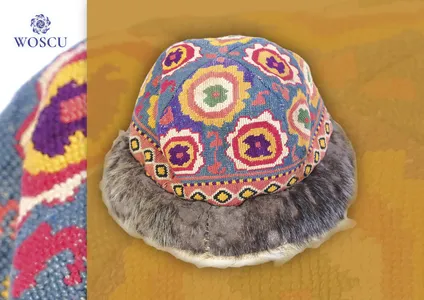
What did the male half of Surkhandarya wear on their heads?
Among the headgears included kulokh, kulochkin, turbans and tubeteikas.

Our cultural heritage reflected in fine art
A report by the "Zamon" news program of the "Sevimli" TV channel
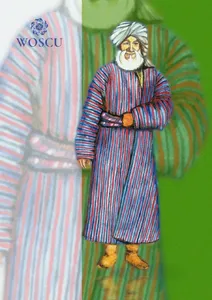
What was included in a traditional men's costume?
The traditional men's costume consisted of the same set of components (undershirt, quilted guppy shirt and robes), only the outer robes were narrower and were named depending on the fabric of buz chopon, bekasab chopon, etc.
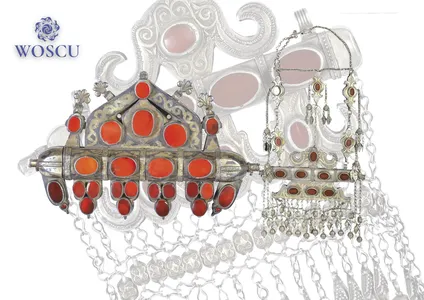
What was included in the Karakalpak bride's jewelry set?
The most abundantly decorated jewelry was wedding costume playing the role of veil every detail protected the bride.
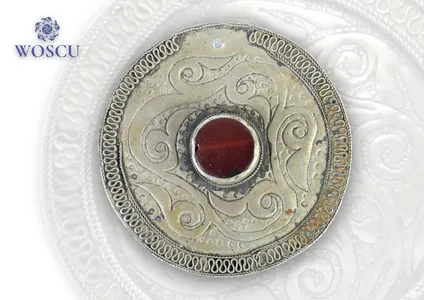
The role of jewelry in the costume of a Karakalpak woman
The costume of Karakalpak women was impossible without silver jewelry, which formed a single ensemble with clothes and other accessories, and gave image of Karakalpak women of aesthetic perfection.
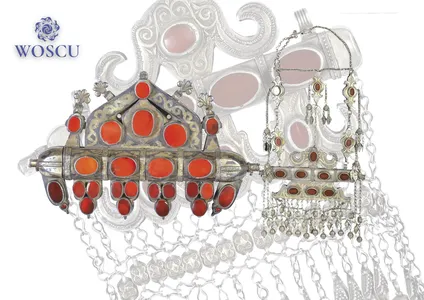
The significance of jewelry and the rules for wearing them among Karakalpak women
The semantics of jewelry has always been associated with the ideas of the origin and preservation of life, procreation, and protection.
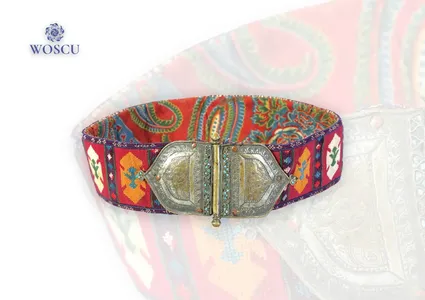
How did the men of Surkhandarya belt their clothes?
Clothes in the valley were girded with a hand-knitted woolen belt chumchulagoy.
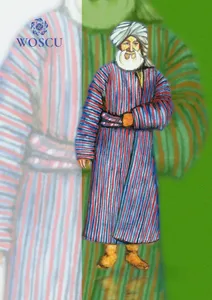
Townspeople and residents of the foothills of Surkhandarya: how did their clothes differ?
The traditional costume of residents in the valley and the mountainous and foothill areas of Surkhandarya has certain differences.

On behalf of WOSCU, a series of book-albums was presented to the Topkapi Palace Museum
On March 27th in Istanbul, on behalf of WOSCU, a ceremony took place for the transfer of 50 volumes of illustrated book-albums from the multi-volume series "The Cultural Legacy of Uzbekistan" to the Topkapi Palace Museum.

What fabrics were used to make men's clothing in Surkhandarya?
The people used primarily various types of alacha to make men’s clothes.
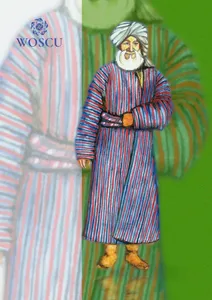
What distinguishes the traditional costume of Surkhandarya?
Surkhandarya clothes of the past centuries, as evidenced in artworks, were similar to the clothes of other Central Asian tribes – tight-fitting shirts, caftans, trousers, and peaked felt caps decorated with precious stones for nobility, and boots.
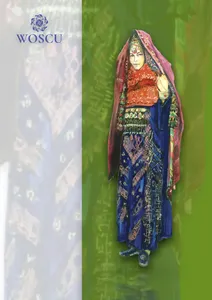
What was included in the wedding attire set of Karakalpak women?
The wedding set was as follows: first, on the head was tied a small kerchief, then followed a kiymeshek then a saukele, over that it was a turban-form turme (silk scarf) and last detail of headdress was zhegde.
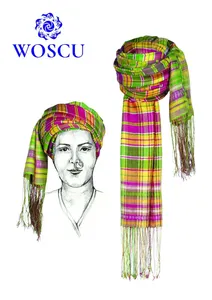
What was the sequence of wearing headgear by Karakalpak women?
The wedding set was completed by a kok keilek and a shapan.
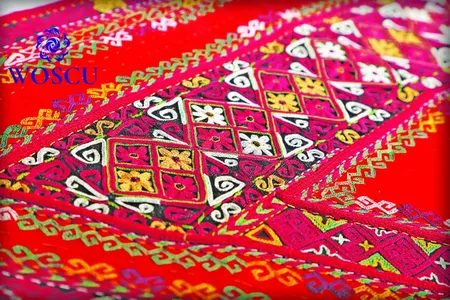
Characteristics of the embroidery of the Karakalpak headwear kiymeshek
The embroidery of kiymeshek ran through the central part, on all sides of aldy and around the facial cut.
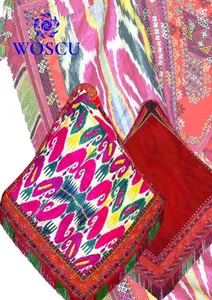
What was the Karakalpak headwear kiymeshek like?
A special headdress of married Karakalpak women was a kiymeshek.
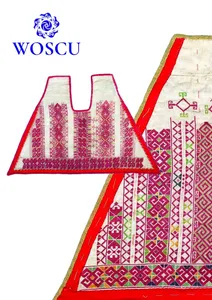
What is the purpose of the kiyimeshek headwear?
Wearing the ak kiymeshek started after age 50.

What did the kiyimeshek headwear consist of?
Above the head to the ends of the breast strip of fabric was sewn – a small on-head, in order to kiymeshek better to keep on the head.
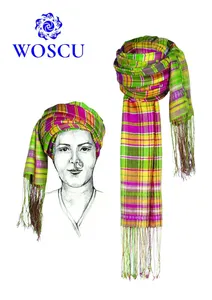
How did Karakalpak women wear turbans?
Karakalpak girls’ turme were made of silk or calico, the sort of aydynly (full moon), was mostly red color.

How was the saukele decorated?
Saukele frontlet and ear-flap parts were richly decorated by gilt and silver patterned plates, pendants, coral and colored stones.
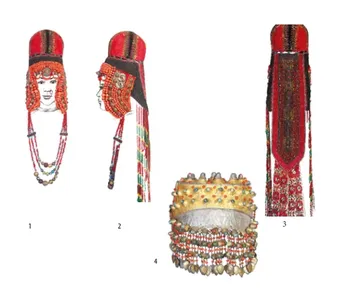
What was the "Saukele" worn with?
The saukele were worn sometimes with a tobelik made of thin sheet gilded silver in the form of obliquely truncated cone, which put on the cloth covering tumaka.
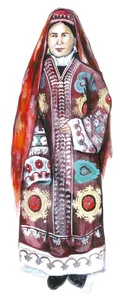
What was included in the traditional costume of Surkhandarya women?
The female costume of Surkhandarya foothills and mountain areas and valleys has a common set of compositions (underwear, outer dress, lozim pants, outerwear – chapan, zhelak, paranja; shoes, headwear and jewelry).
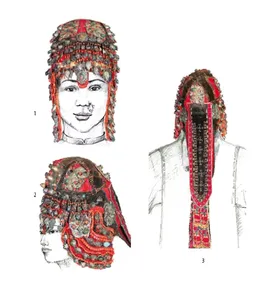
What is the "Saukele" headdress?
The bridal headdress of Karakalpak women was called saukele.
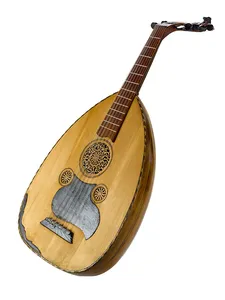
Musical Instruments of the Ancient East
A comparison of the visual material with both fragments and preserved instruments, in particular the horn instruments of the 5th–6th centuries from the site of Munchaktepa II (discovered by B. K. Matbabaev and Z. Muradova), and the bone flute (the early 11th century) from the castle of Myk (studied by L. M. Sverchkov), indicates the stability of organological elements of Central Asian instruments remaining consistent over a long period of time.
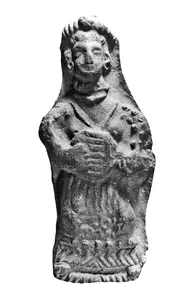
The musical culture of Chach, Khorezm, and Kushan (1st-8th centuries)
It is well known that singers and dancers from Central Asia, especially from the Chach region (modern Tashkent), were very popular in China at that time (900 AD).
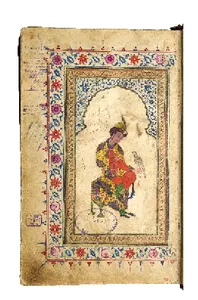
The influence of Kamoliddin Behzad on the miniature school of the 15th-16th centuries
At the end of the 15th century, Kamoliddin Behzad gave a strong impulse to the development of portraiture in the miniatures of the Middle East.
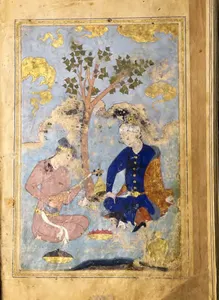
What makes the “Diwan” by Amir Khusraw Dehlevi remarkable?
Among the manuscripts of the Institute’s collection one deserves special attention: “Diwan” by Amir Khusraw Dehlevi copied in 959 AH/1551 – 52 by the calligrapher Khandan twice mentioned in colophons.
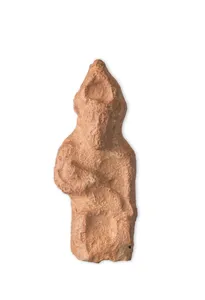
The Role of Sogd in the Intensive Exchange of Cultural Values
The so-called “Sogdian” or “Afrasiab” lute was wide-spread in Sogd.
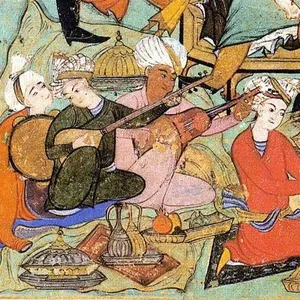
Syncretic Features of the Musical Culture of Ancient Uzbekistan
The Greek influence, formed by Islamic culture, can be seen in various musical myths and legends of the nationalities of Central Asia (on the creators of the first musical instruments and musical science: Pythagoras, Plato and Aristotle) in fixed epithets and expressions.
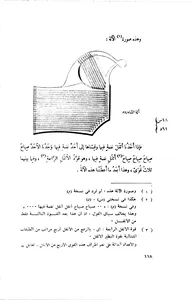
External Influences on the Formation of Central Asian Musical Culture in Antiquity
The fragments of bone flutes discovered on the territory of modern Uzbekistan (published by the Uzbek archaeologists) also date back to the Bronze Age.
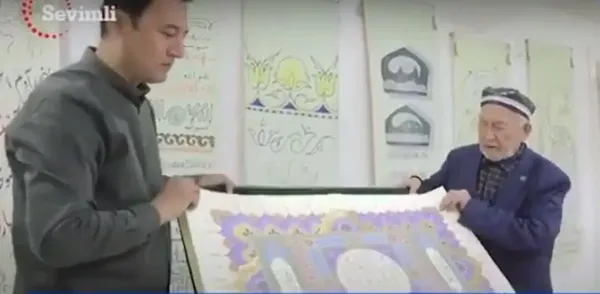
Calligraphy is an integral part of our cultural heritage
Our people possess a rich cultural heritage, among which the art of calligraphy stands out as a national treasure. It's important to note that calligraphy transcends books, being widely and skillfully applied in architecture and folk art.

Monumental forms of fine art of ancient and medieval art (Part V)
The settlement of Varakhsha
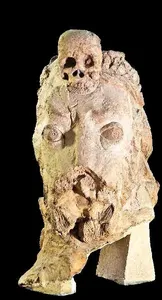
Monumental forms of fine art of ancient and medieval art (Part IV)
The settlement of Quva
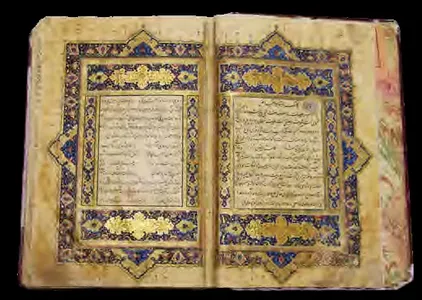
Miniature styles of the 16th century in the East (part IV)
At the same time the Central Asian studios developed their own artistic direction, which differed in style and spirit from the Herat school.
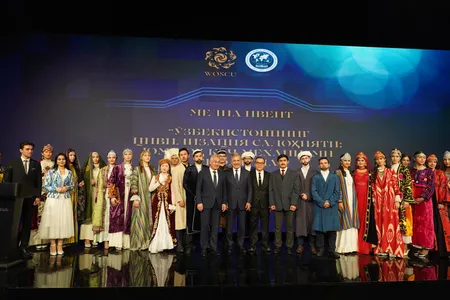
Soft power in the hands of young diplomats
On the eve of the nationwide Navruz holiday, a media event titled "The Civilization potential of Uzbekistan as a mechanism of soft power" was held in Tashkent.
